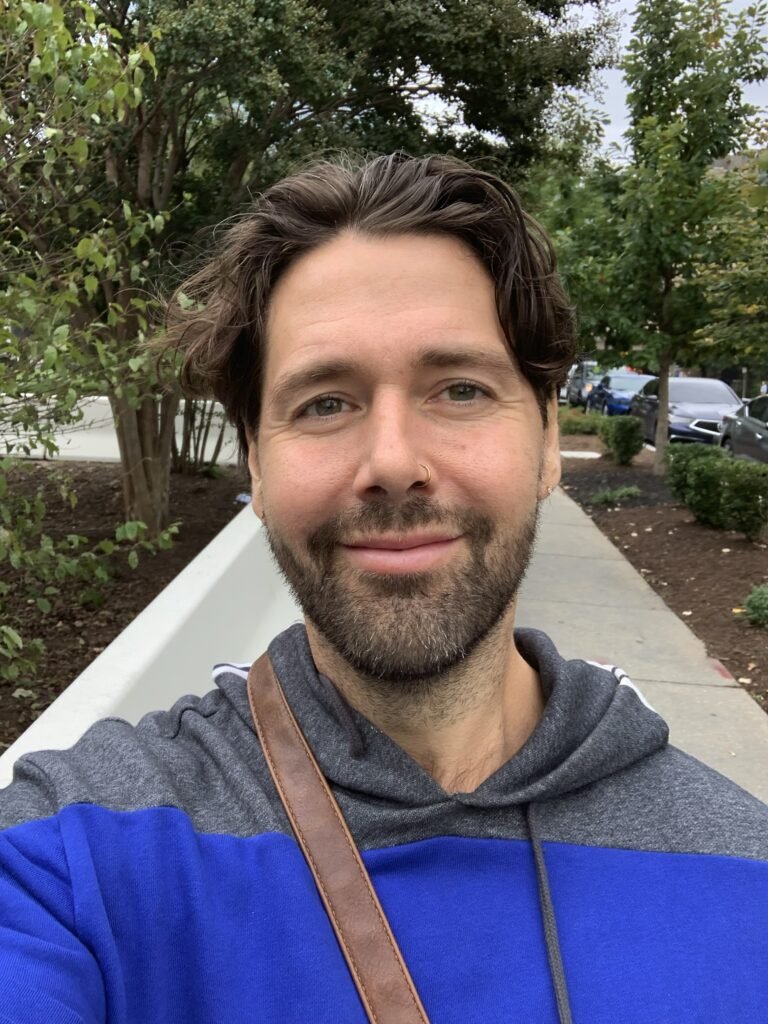Back to Basics: Understanding the Anatomy of Your Back Muscles for a Stronger Ashtanga Practice
Do you ever wonder why your back feels sore after a vigorous Ashtanga practice? Or maybe you’re struggling to lift up into your Chaturanga without collapsing in the middle? It’s time to get back to basics and understand the anatomy of your back muscles!
In this lesson, we’ll explore the different categories of back muscles and how to strengthen and stretch them through Ashtanga poses. But don’t worry, we won’t be boring you with complicated medical terms. We’ll keep it fun and easy to understand, just like your yoga practice.
Superficial Muscles: Let’s Get This Party Started
First up, we have the superficial muscles. Don’t let the name fool you, these muscles play a vital role in your yoga practice. The trapezius, latissimus dorsi (lats), levator scapulae, and rhomboids are all part of the superficial muscles group. They’re responsible for movements of the shoulder, like lifting your arms up in Warrior II or binding in Marichyasana.
To strengthen your lats, try Adho Mukha Svanasana (Downward-Facing Dog) with a focus on engaging your upper back muscles. And for a nice stretch, Garudasana (Eagle Pose) is great for the arms and shoulders.
Intermediate Muscles: The Rib Cage Warriors
Next, we have the intermediate muscles, consisting of the serratus posterior superior and serratus posterior inferior. These muscles run from the spine to the ribs and assist with movements of the rib cage. They’re like the warriors of your rib cage, ready to fight for proper alignment and stability.
If you’re experiencing pain in your shoulders, it could mean your serratus posterior superior muscle is damaged or imbalanced. Try Janu Sirsasana (Head-to-Knee Forward Bend) and Parivrtta Janu Sirsasana (Revolved Head-to-Knee Pose) to stretch this muscle. And for strengthening, Plank Pose is your go-to.
Deep or Intrinsic Muscles: The Core of Your Practice
Finally, we have the deep or intrinsic muscles, considered part of the core musculature and associated with stabilizing and moving the spine. These are the muscles that keep you upright in your standing poses and help you maintain a straight back in seated poses.
The erector spinae, quadratus lumborum (QL), and multifidus make up the deep or intrinsic muscles group. The erector spinae, also known as the spinal erectors, run the length of either side of the spine and help maintain an erect posture. To strengthen these muscles, try Utkatasana (Chair Pose) and Ardha Uttanasana (Half Forward Bend).
The QL muscles are located on either side of the lumbar spine, between the pelvis and the lowest ribs. They’re involved in movement and stabilization of the lumbar spine and pelvis, and also involved in breathing. To stretch these muscles, try Utthita Trikonasana (Extended Triangle Pose) and to strengthen them, Navasana (Boat Pose) is an excellent choice.
And last but not least, we have the multifidus muscles. These series of deep muscles run the length of the spine, stabilizing vertebrae and assisting in spinal rotation and extension. To strengthen these muscles, try Bhujangasana (Cobra Pose) and to stretch them, Balasana (Child’s Pose) is a great option.
In conclusion, understanding the anatomy of your back muscles is crucial to a strong and safe Ashtanga practice. By incorporating these poses into your routine, you’ll not only improve your physical strength but also your overall well-being. So, let’s get back to basics and give our backs the love and attention they deserve!

